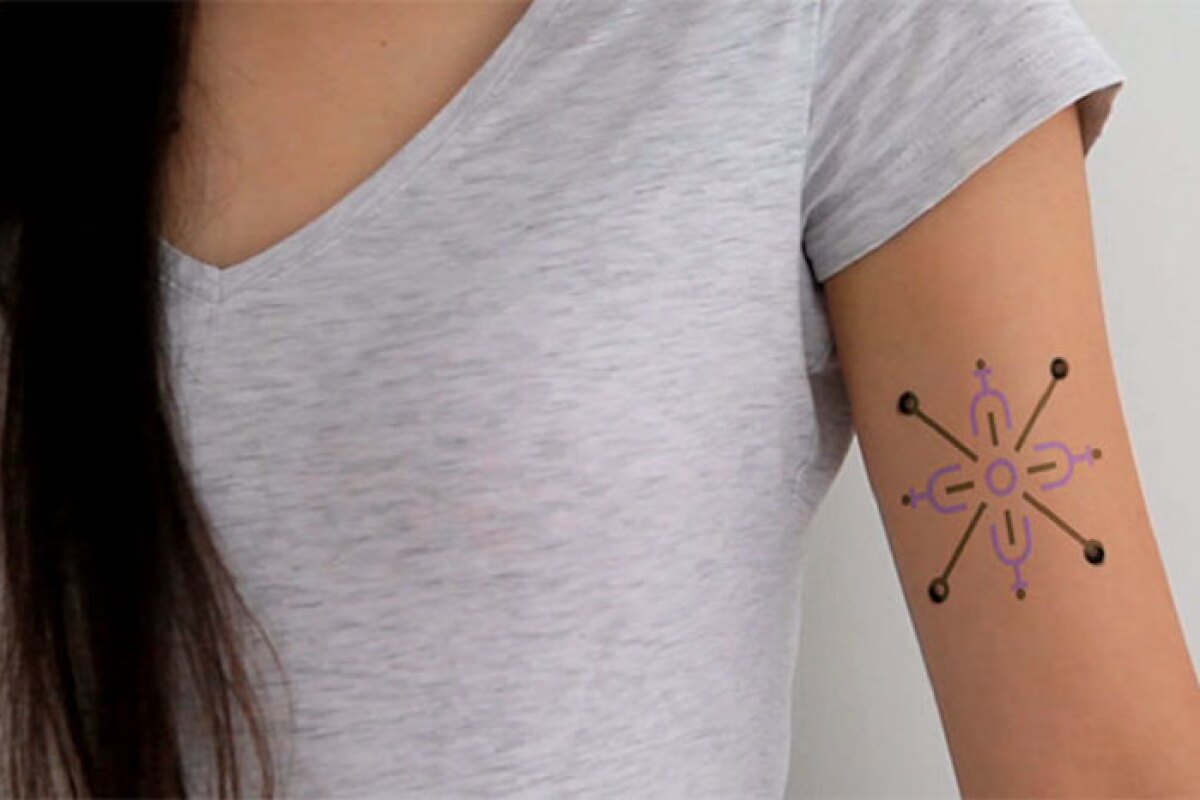Tattoos are fast becoming more than just a means of self-expression: soon they could be used for more practical applications, like tracking blood alcohol levels or turning the skin into a touchscreen. Now, a team from Harvard and MIT has developed a smart ink that could make for tattoos that monitor biometrics like glucose levels, and change color as a result.
Currently, bodily biomarkers can be monitored through a wardrobe-load of wearables, but they usually need batteries for power and wireless communication systems to transmit data. Using biosensitive inks (bio-inks), the Harvard and MIT design is self-contained, and since it works on simple chemical reactions it doesn't require power for any data processing or transmission.
The inks interact with the body's interstitial fluid, which transfers nutrients into cells and carries waste out of them. The fluid works closely with blood plasma, meaning it acts as a decent indicator of the chemical concentrations in the blood at a given time.
The researchers call their project "Dermal Abyss", and two different forms of the ink have so far been tested on in vitro patches of pig skin. One is designed to monitor a patient's blood glucose levels, changing color from green to brown as that concentration increases. The second type tracks sodium concentration to prevent dehydration by turning a brighter green the more sodium is detected.
While the idea is for patients to keep track of certain biometrics just by glancing at their tattoo, the difference in color might not always be clear to the naked eye. To take more precise readings, the team has also developed a prototype of an app that can analyze those biometrics with a scan or photo of the ink.
The Dermal Abyss is currently a proof of concept, but the researchers say it could monitor a variety of biometrics down the track. Privacy could be a concern, since people might not want to literally wear their health information on their sleeve, but to counter that the ink itself could be made to only show up under certain light. For example, the sodium-tracking bio-ink is only viewable under blue light.
The tattoos also don't last very long at the moment, and although the researchers are working on improving the ink's staying power, that could be a feature and not a flaw: the team sees an opportunity for tattoos that monitor the body over both short and long time periods, depending on the needs of the patient.
The research was presented at the 2017 ACM International Symposium on Wearable Computers and the team demonstrates the Dermal Abyss system in the video below.
Source: Harvard





